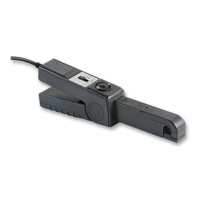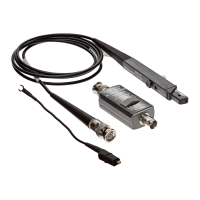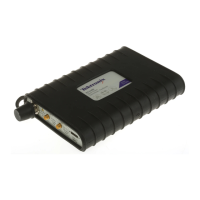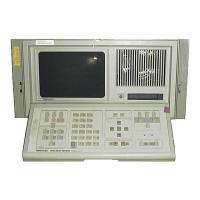Residual noise
(Source resistance
G
1 kS1)
-
TOTAL HARMONIC DISTORTION
PLUS NOISE FUNCTION
Fundamental frequency
range
Minimum input level
Distortion ranges
--
Accuracy (THD ~30%
and readings 34% of
selected distortion range)
20 Hz to 20 kHz
10 Hz to 100 kHz
-
---
--
Residual
THD+N (V,,, a250 mV,
source resistance
G
1 kS1)
20 Hz to 20 kHz with
80 kHz noise limiting filter
and T
<+40°C
10Hz to50kHz
50 kHz to 100 kHz
Typical fundamental
rejection
Table
1-1
(cont)
-
-
Performance Requirements
-
-
-
--
-
-
-
-
-
--
At least 300 kHz with no filters
selected.
~3.0 rV
(-
108 dBm) with 80 kHz,
400 Hz filters and rms response
~1.5pV (-114dBm) with A
weighting filter and rms response
(standard and Option 01 instruments
only)
~5.0 wV
(-
104 dBm) with CClR
weighting filter and quasi-peak re-
sponse (Option 02 only)
-
--
-
-
-
-.
10 Hz to 100 kHz
Within
+
10%
(k
1 dB) for harmonics
<
100 kHz.
Within
+lO%, -30%
(+
1
dB,
-3
dB)
for harmonics
~300 kHz.
-
-
-
-
-
-
-
-
-
--
-
-
-.
-
-
-
-
~0.0025~/0 (-92 dB) average
response
~0.0032% (-90 dB) rms response
=z0.0071
O/O
(-83 dB), rms response
=zO.OIOO/~
(-
80 dB), rms response
-
-
--
Supplemental Information
Fully automatic tuning and nulling. For
proper tuning
THD+ N <1O0/0. After initial
tunlng THD+ N can degrade to 30% with-
out loss of lock for
SINAD testing. Typical
nulling
time is less than 5 s above 20 Hz.
-
--
-
-
Autorange, 20°/0, 2%, 0.2%, and dB. dB is
internally autoranging with single effective
display range. Autorange allows measure-
ments above 20%.
Accuracy is limited by residual THD
+
N
and filter selection. Not applicable with
quasi-peak response (Option
02 only).
Measured with
SG
505 oscillator. All dis-
:ortion, noise, and nulling error sources
:ombined.
it
least 10 dB below specified residual
rHD
+
N
or the actual signal THD, which-
!ver is greater.
REV
NOV
1981
~cMs
by
ARTEK
MEDL4
=,

